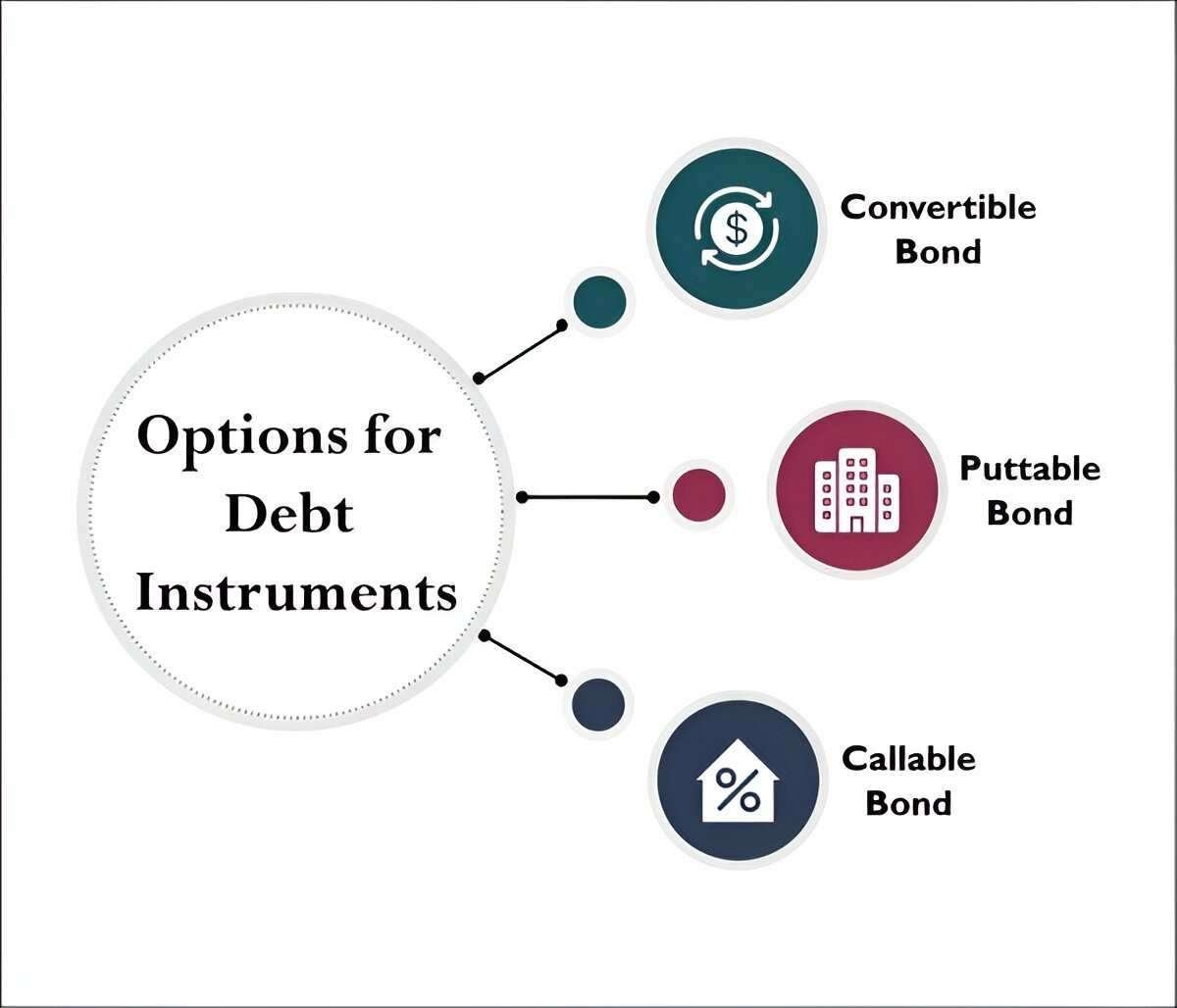Understanding Debt Instruments: Definition, Types, and Examples
Debt instruments are financial contracts that enable borrowers to raise funds from lenders. These instruments outline the terms of the loan, including repayment schedule, interest rates, and other conditions. They are essential tools in finance, facilitating capital raising and investment opportunities. Key Characteristics of Debt Instruments Types of Debt Instruments 1. Bonds: Bonds are long-term […]
Understanding Debt Instruments: Definition, Types, and Examples Read More »










